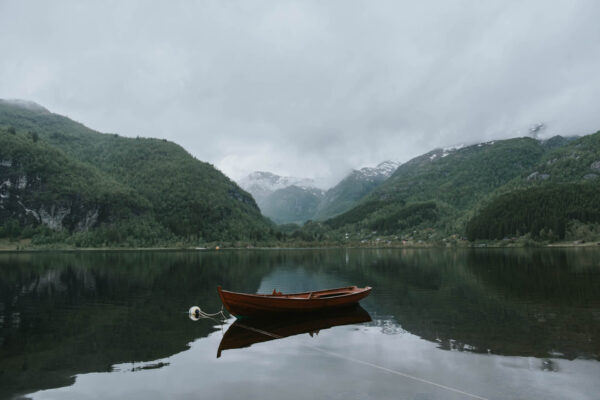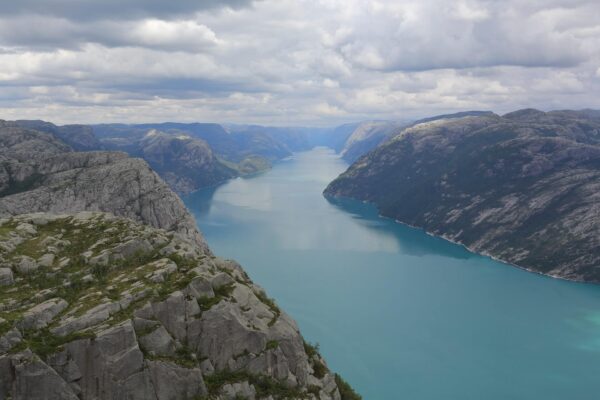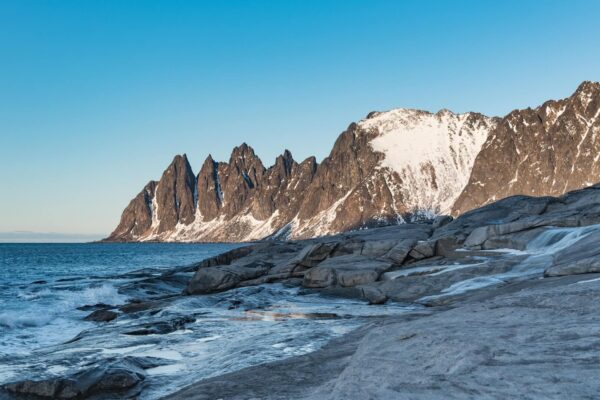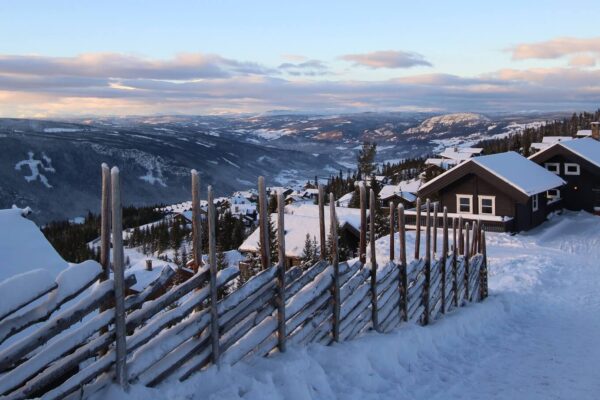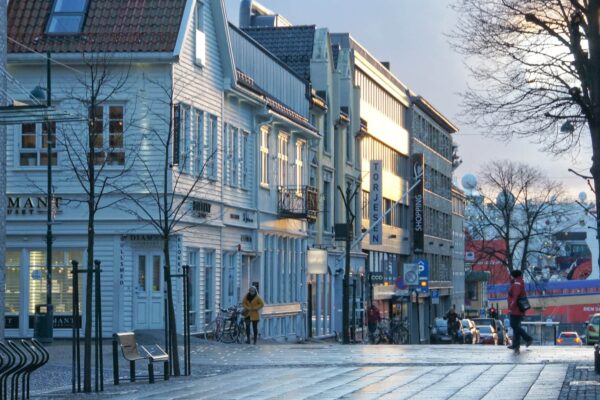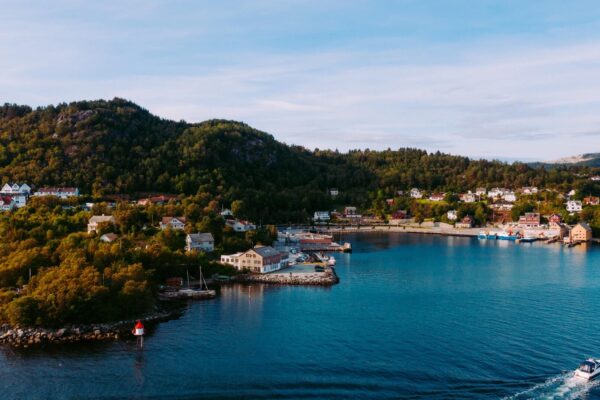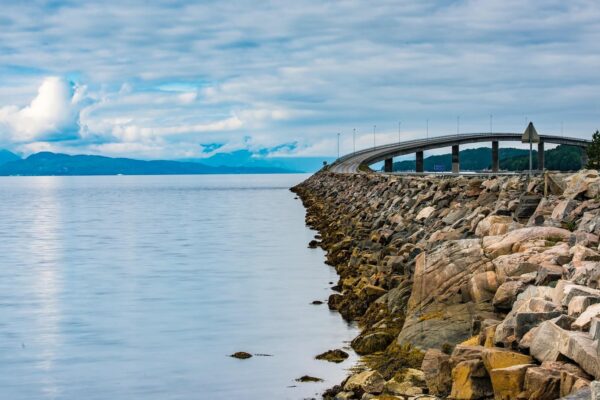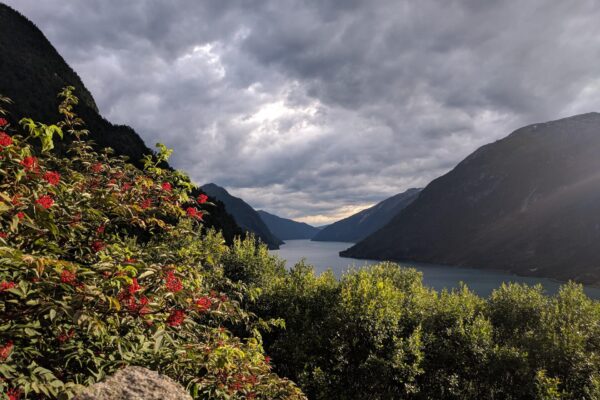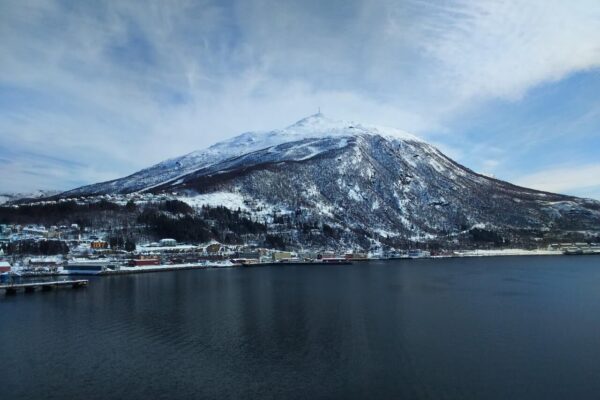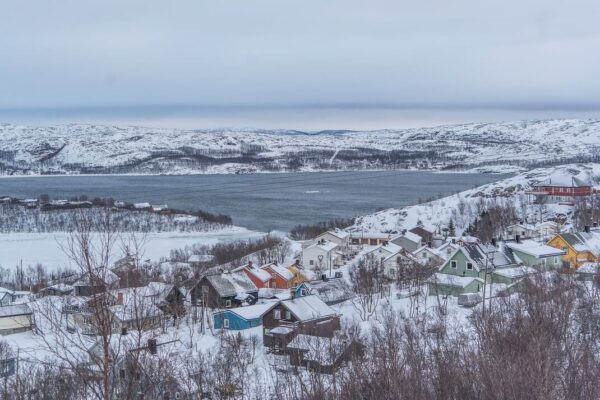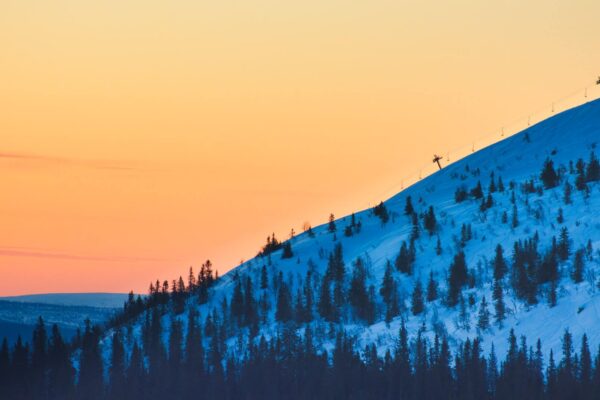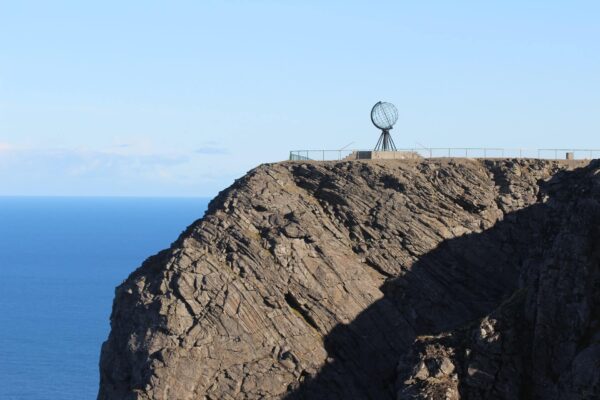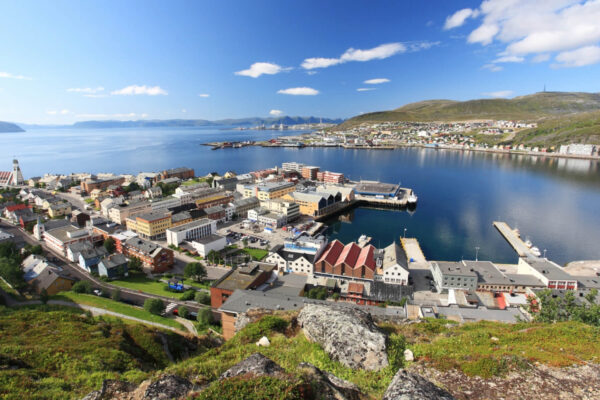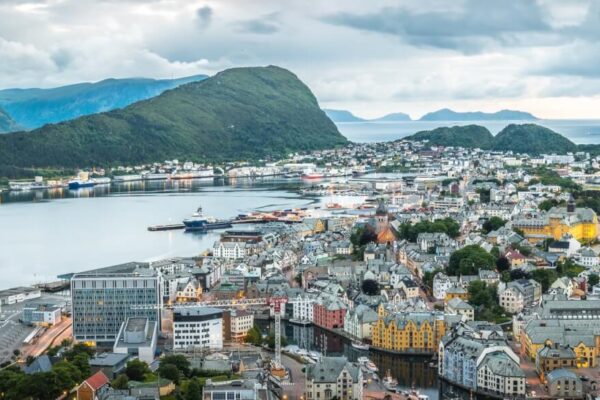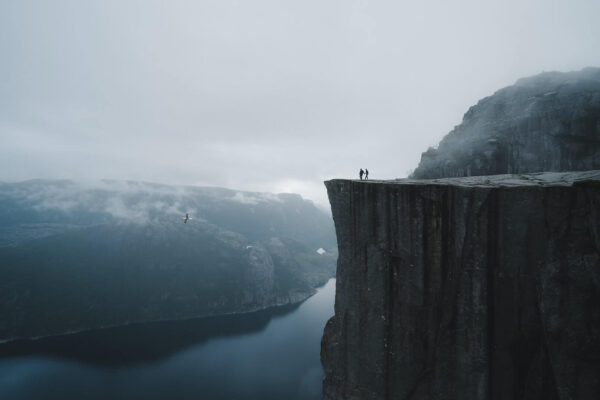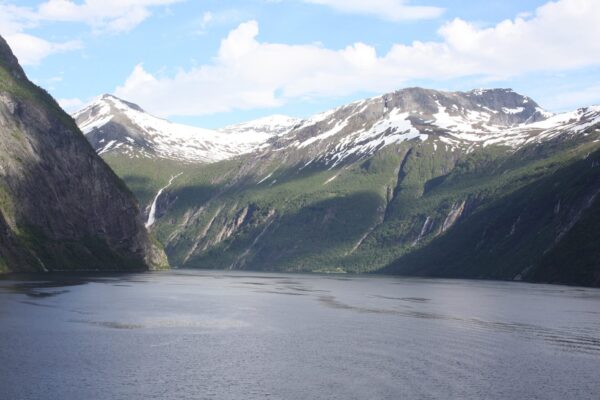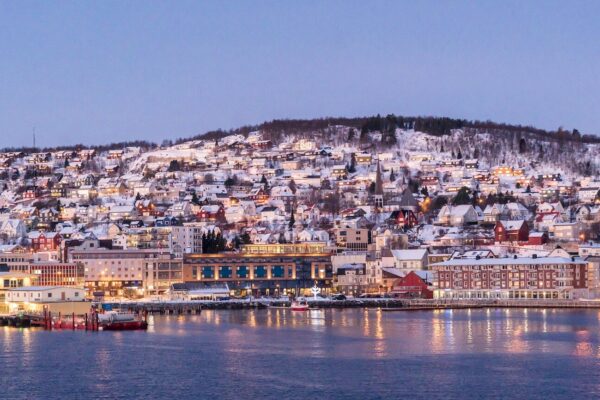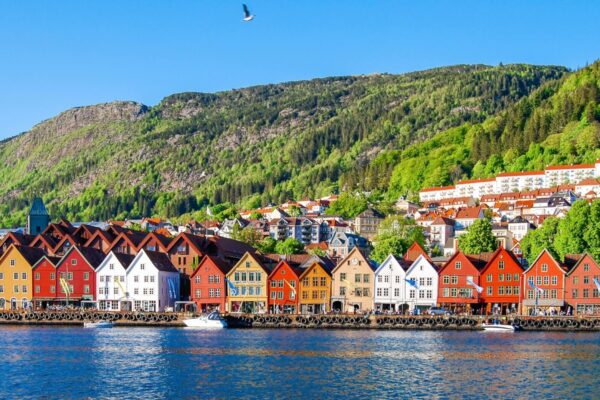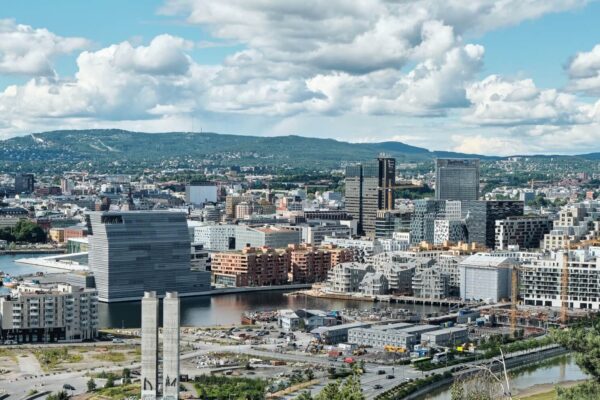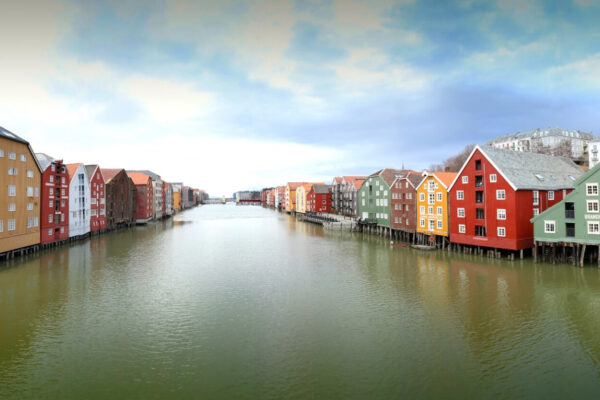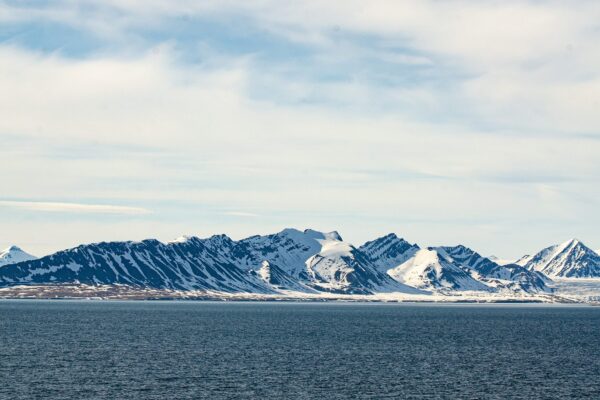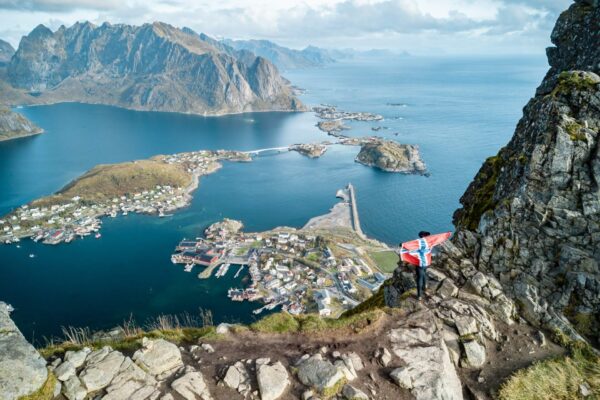Do you love Norway, enjoy hiking and have no problem with changing, sometimes arctic weather conditions and overnight stays in the great outdoors? Then head for the Hardangervidda! On Europe’s largest plateau, there are countless hiking routes where you can lose yourself in Norway’s impressive nature. You can find tips on travelling, accommodation and tours here!
What is Hardangervidda and where is it located?
Hardangervidda is the largest plateau in Europe and is located in the south-western part of Norway in the provinces of Viken, Vestland and Vertfold og Telemark. It covers an area of around 8000 km² and lies at an average altitude of 1300 metres, above the tree line, which is why there are only bushes and shrubs on the plateau. The highest point of Hardangervidda is Hardangerjökull, a glacier 1,863 metres high.
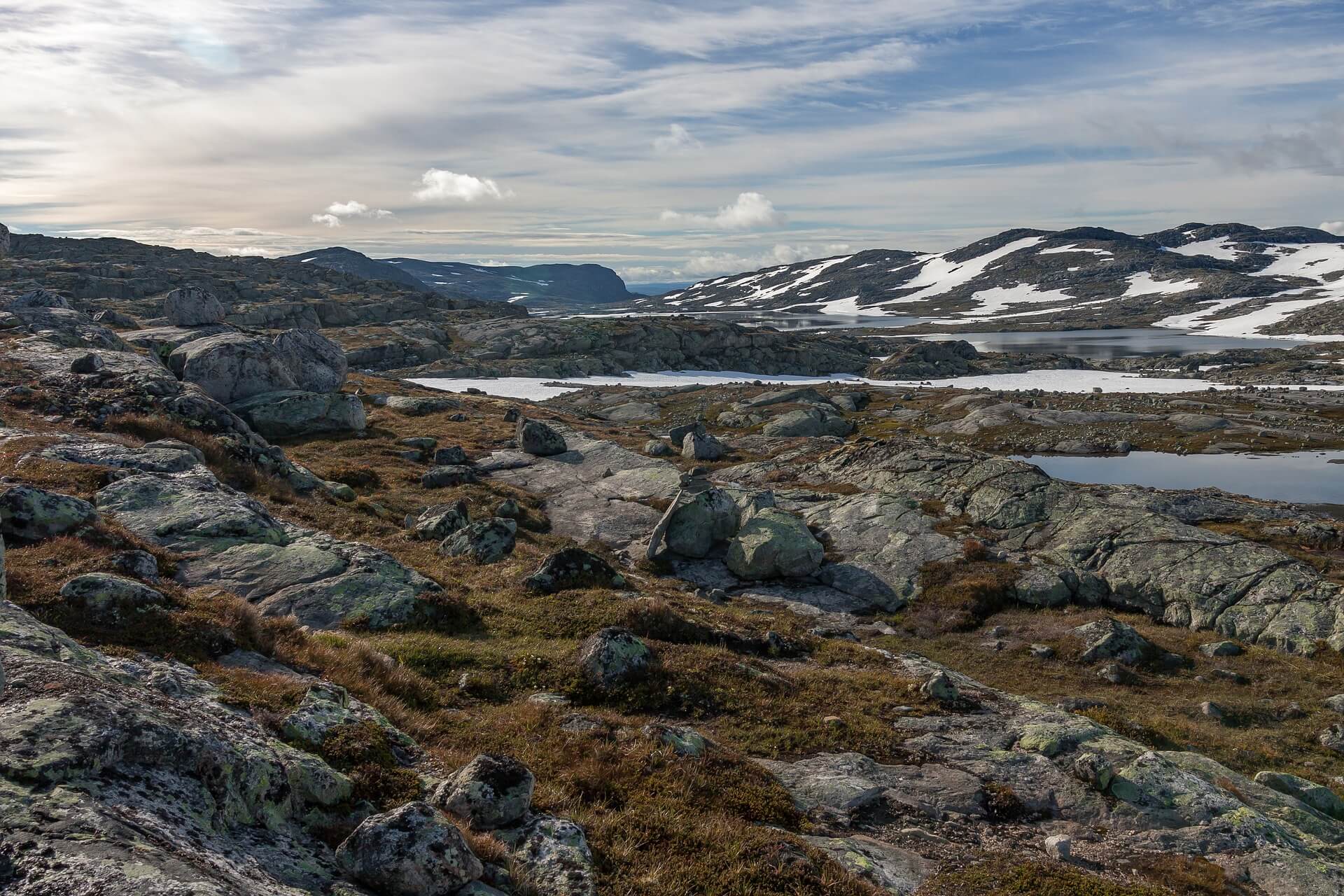
Hardangervidda is also home to the national park of the same name, which was established in 1981 and covers 3422 square kilometres of the plateau. This makes it the largest national park in Norway and a very popular destination for tourists who want to get to know the unspoilt and rugged nature of the plateau on hikes and other tours. The Hardangerfjord, the second longest fjord in Norway, ends near the Hardangervidda and stretches south of Bergen from the Atlantic coast inland to the plateau.
Hardangervidda: weather
Hardangervidda has an arctic climate and there is no guarantee of stable weather, so you should always come well equipped. In the winter months there is also a lot of snowfall and temperatures can drop into the low minus degrees. The best time to visit and the main season for hikers who don’t want to get caught in snowstorms is therefore from May to August – but rain can also be expected at any time.
Hardangervidda: sights and activities
Hiking and trekking in the Hardangervidda
Hardangervidda is a paradise for hikers and is correspondingly popular. Whether day trips or trekking tours lasting several days, there are countless hiking trails and routes on the plateau that lead through the barren, yet impressive and unspoilt nature. Information about the trails, but also about Hardangervidda itself, can be found at the information centres in Eidfjord and Tinn or online.
The most popular routes are the north-south crossing from Finse to Haukeli and the east-west crossing from Geilo to Liseth. Both routes take about a week, but can of course be extended or shortened if you are travelling independently with a tent.
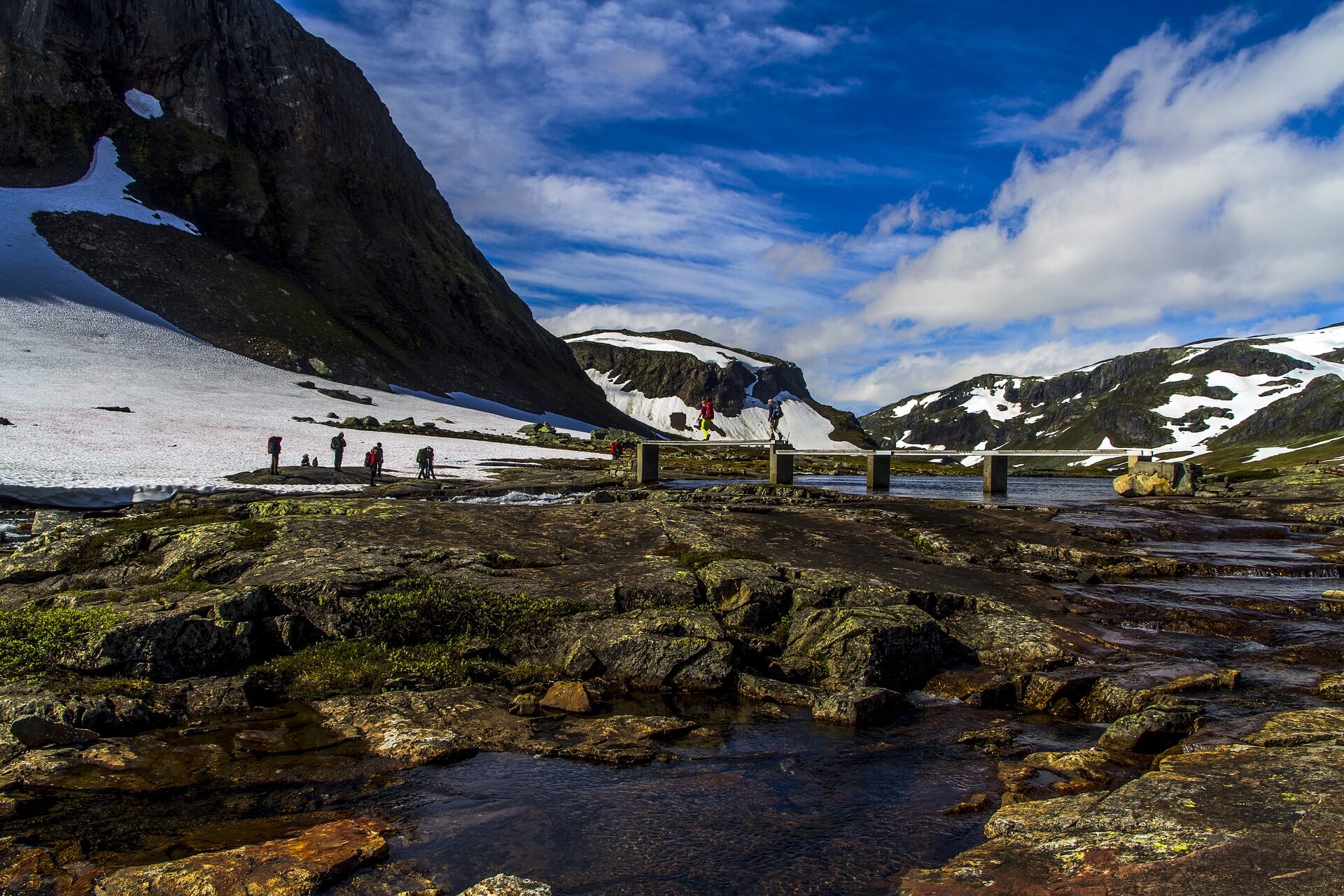
In general, you should be prepared for the fact that the hikes can be quite strenuous. The hiking trails are mostly natural, so you have to be prepared for stony, swampy or similar unfamiliar trail conditions. As mentioned above, the Hardangervidda is a very popular destination for hikers, but due to its sheer size this is not really noticeable and you are often travelling alone.
Hardangerjøkul
If you are looking for truly authentic arctic conditions, you should take a trip to Hardangerjøkul. The glacier is over 1,860 metres high at its highest point – making it the sixth largest glacier in Norway – and attracts visitors with its icy temperatures and conditions. It is located at the north-western end of Hardangervidda and is its highest point.
Anyone planning a trip around or up Hardangerjøkul should choose Finse railway station as their starting point. At 1,222.2 metres, Finse is the highest railway station in northern Europe and is located on the northern edge of Hardangervidda, very close to the glacier. Hiking trails and guided tours (trekking, climbing, skiing) start from here.
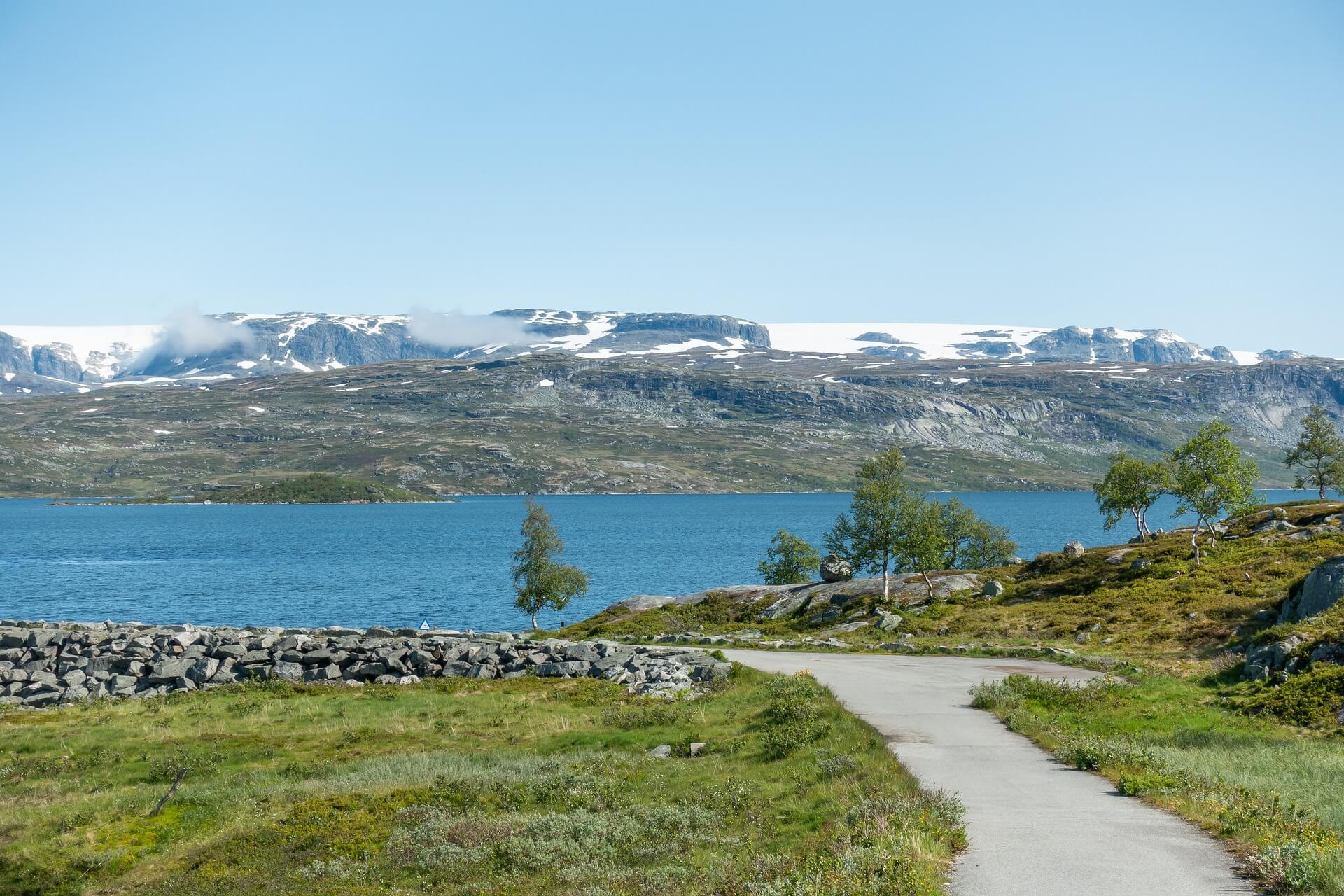
Vøringsfoss
Vøringsfossen is a spectacular waterfall with a drop of 182 metres from the western edge of Hardangervidda near Eidfjord. It is one of the most famous and popular waterfalls in Norway and is therefore also a popular hiking destination. The hike to Vøringsfossen goes through an impressive river valley on the edge of Hardangervidda and doesn’t take too long, although it is a little more challenging.
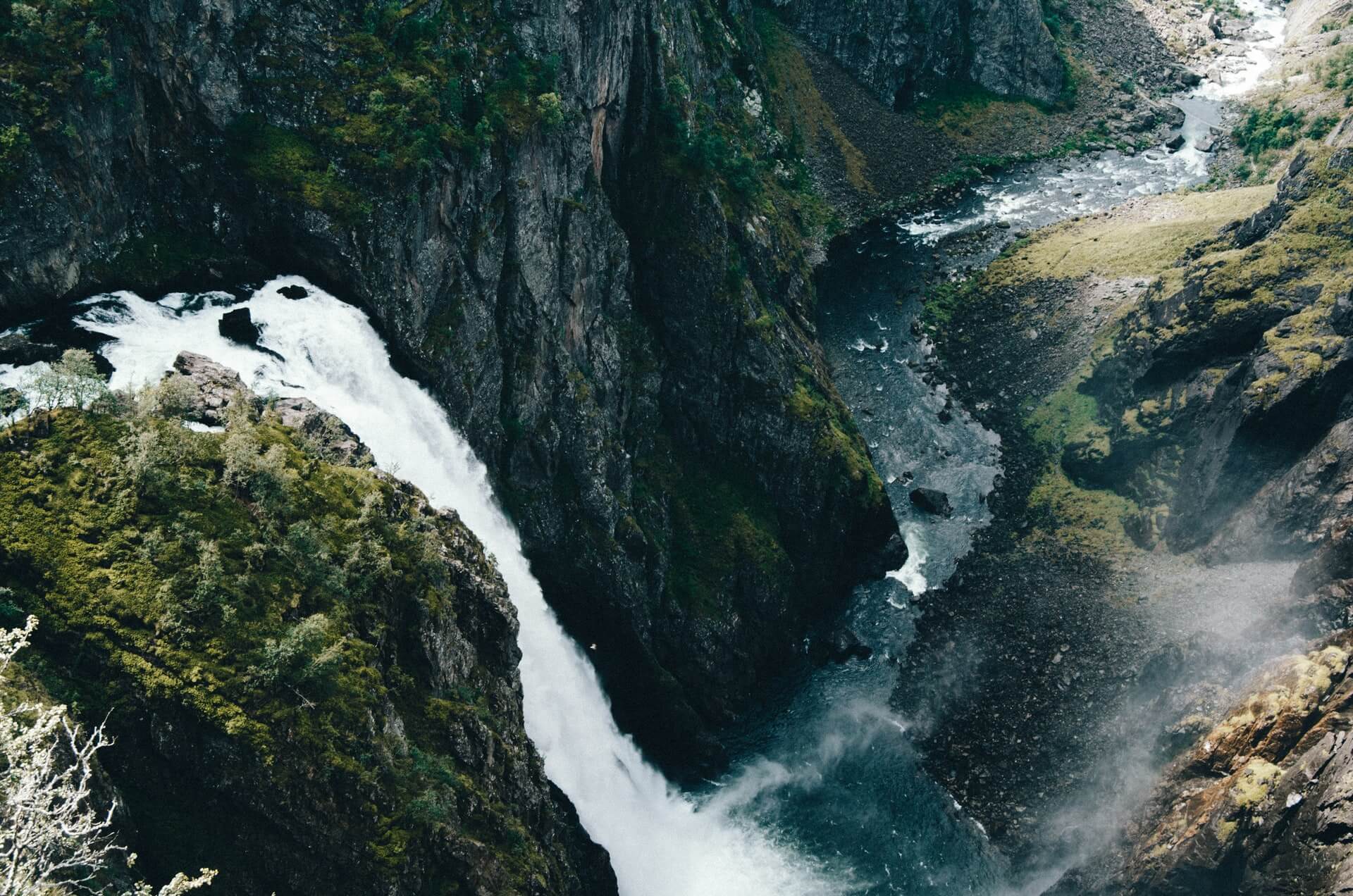
Hardangervidda: Accommodation
Hardangervidda: Camping
As in the whole of Norway, the Hardangervidda is also subject to the right of public access, which allows camping in the great outdoors in Norway. So you can simply pitch your tent as you wish and plan. However, you should take care to keep your distance from other campers and hikers’ cabins so that you don’t disturb anyone. Of course, you should also leave your campsite as you found it. You can find things that you should definitely not forget for a camping trip in the wild on our packing list for wild camping in Sweden.
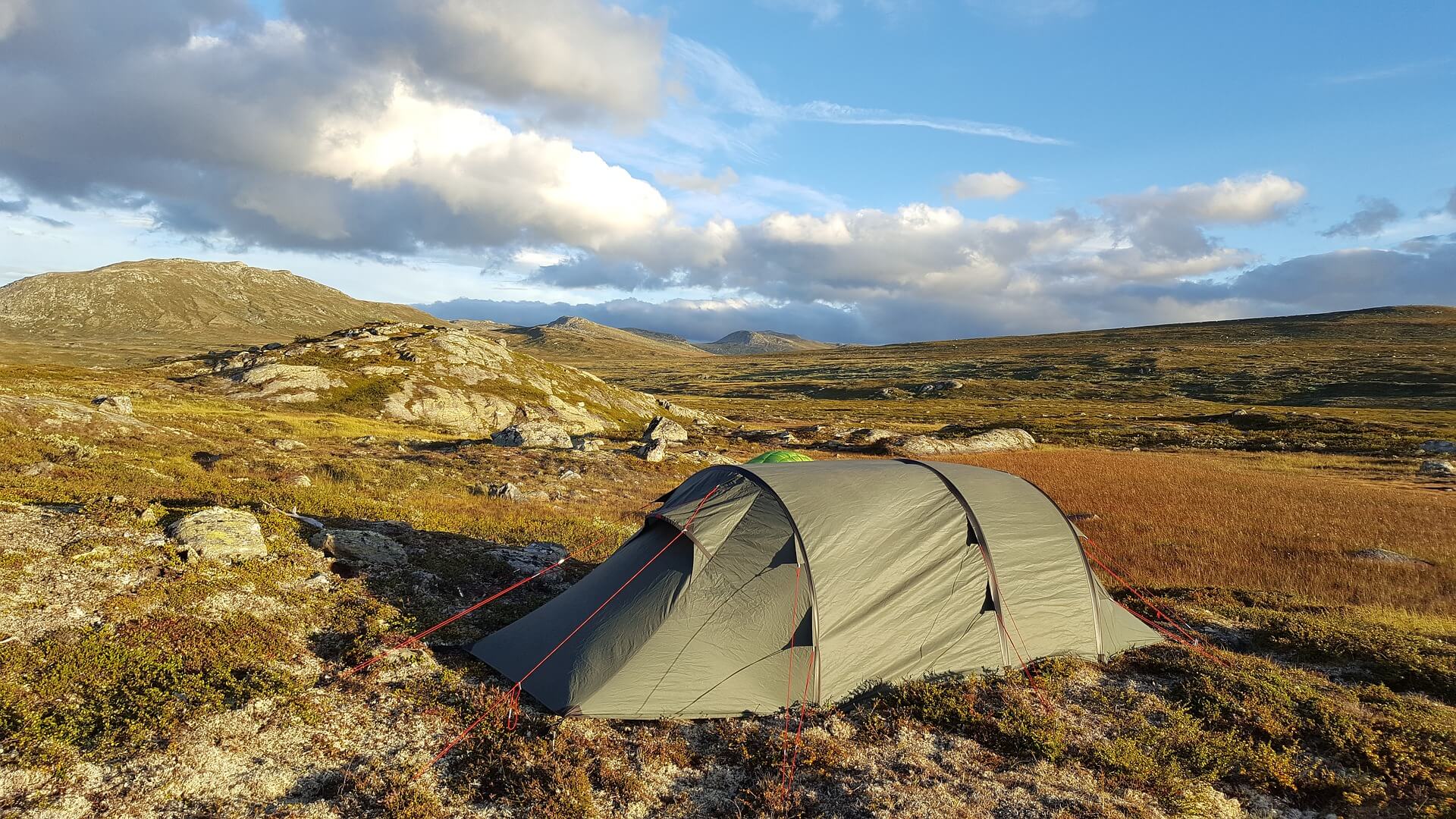
If you are only planning day trips in the Hardangervidda or are not yet confident enough to camp in the wild, you can also stay at one of the campsites in the towns around the Hardangervidda, for example in Kinsarvik or Eidfjord.
Hikers’ cabins in the Hardangervidda
An alternative to wild camping in the Hardangervidda are the huts of the Norwegian Trekking Association (DNT). These can be found in large numbers on the plateau and are either self-catering (some with a stocked larder) or catered with full board. Before travelling, you should find out about reservations, opening times and prices and prepare accordingly. For the self-catering huts you need a DNT key, which you can only buy or borrow as a DNT member.
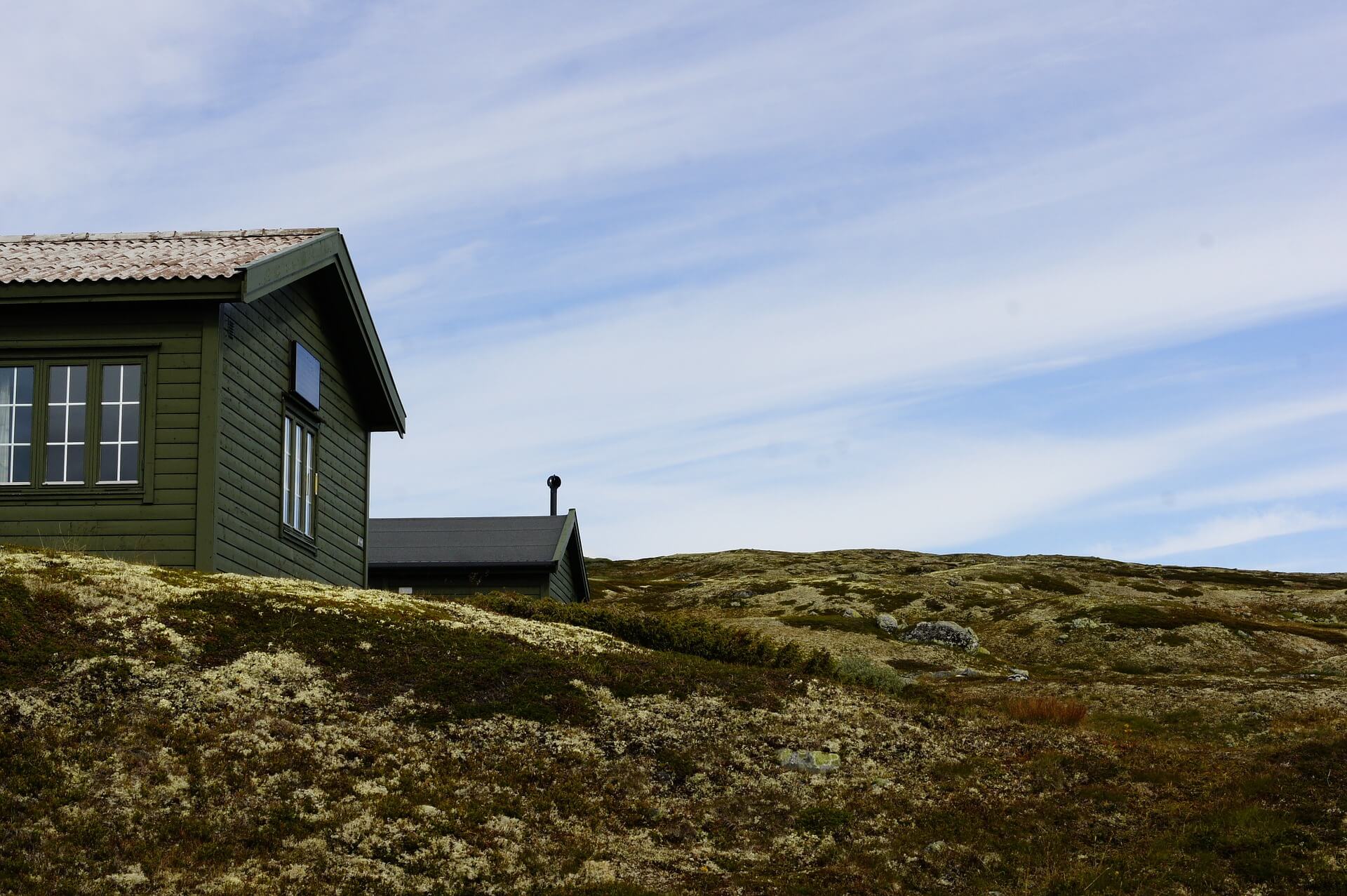
Travelling to Hardangervidda
Travelling by plane
If you want to travel to Norway comfortably by plane, you should head for Bergen. The airport there is the second largest airport in Norway and is served by flights from all over Europe. Alternatively, you can also make a stopover in Oslo, Stockholm or Copenhagen.
It takes two to three hours by car from Bergen to Hardangervidda, so a hire car is recommended. Alternatively, you can continue your journey by Bergen Railway or bus; the towns around Hardangervidda are very well connected by public transport.
